If you’ve been watching the Canadian housing market over the past couple of years, you might have noticed that not every corner of the country is riding high on soaring property prices. Many places—from big cities to small, remote communities—are now seeing their home prices dip. Whether you’re a buyer looking for a more affordable opportunity or a seller trying to adjust your expectations, it’s clear that recent economic shifts are reshaping real estate across Canada. In this article, we take a friendly, in-depth look at 20 provinces, cities, and regions where prices are falling or under significant pressure—and we explain what might be behind these changes.
A Quick Look at the Changing Landscape

For a long time, Canadian real estate made headlines for its relentless price increases. However, as interest rates have risen and economic uncertainty has taken hold, many markets are finally cooling down. The high borrowing costs are putting a squeeze on buyers’ budgets, and a flood of new listings is creating more competition among sellers. While some regions are starting to see these changes as a chance to finally step into home ownership, others are facing a tough reality where prices that once felt “normal” are declining.
What’s Driving These Changes?

Let’s break it down in everyday terms:
- Rising Interest Rates: Imagine trying to buy a house when every dollar you borrow costs more each month. That’s exactly what’s happening. The Bank of Canada has increased rates over the past couple of years, and although there have been recent cuts, the lingering effects still weigh on buyers.
- Too Much Inventory: In many cities, the number of homes for sale has outpaced the number of buyers. With more options, sellers are forced to lower their prices to stand out.
- Economic Uncertainty: When the economy seems shaky—slower growth, job worries, inflation—it makes people hesitant to commit to big purchases like a home.
- Local Differences: Canada is a huge country, and not every region shares the same economic story. Some areas, especially those heavily dependent on oil, natural resources, or smaller local markets, have been hit harder than others.
Now, let’s take a tour through these 20 locations where home prices are under pressure.
New Brunswick – Moncton

In Moncton, a vibrant city in New Brunswick, home prices are finally showing signs of leveling off after years of steady growth. Once a hot market, the increased number of available homes has started to slow down the price surge. Buyers here are finding that their dream of owning a home might be more within reach now that sellers are lowering their asking prices.
New Brunswick – Fredericton

As the capital of New Brunswick, Fredericton has always had a mix of government, education, and cultural influences driving its market. However, even here, the trend is shifting. While the city remains attractive, economic uncertainties and a larger supply of homes have led to a softening in prices. People are starting to question whether the rapid price increases of the past can continue, and sellers are adjusting accordingly.
Nova Scotia – Halifax

Halifax is known for its friendly vibe and strong community spirit. Yet, even in this beloved city, rising interest rates and an influx of new listings have put downward pressure on prices. The condo market, in particular, is feeling the pinch. Buyers in Halifax now have more negotiating power than in recent years, which could be a welcome change for those who’ve long been priced out of the market.
Prince Edward Island – Charlottetown
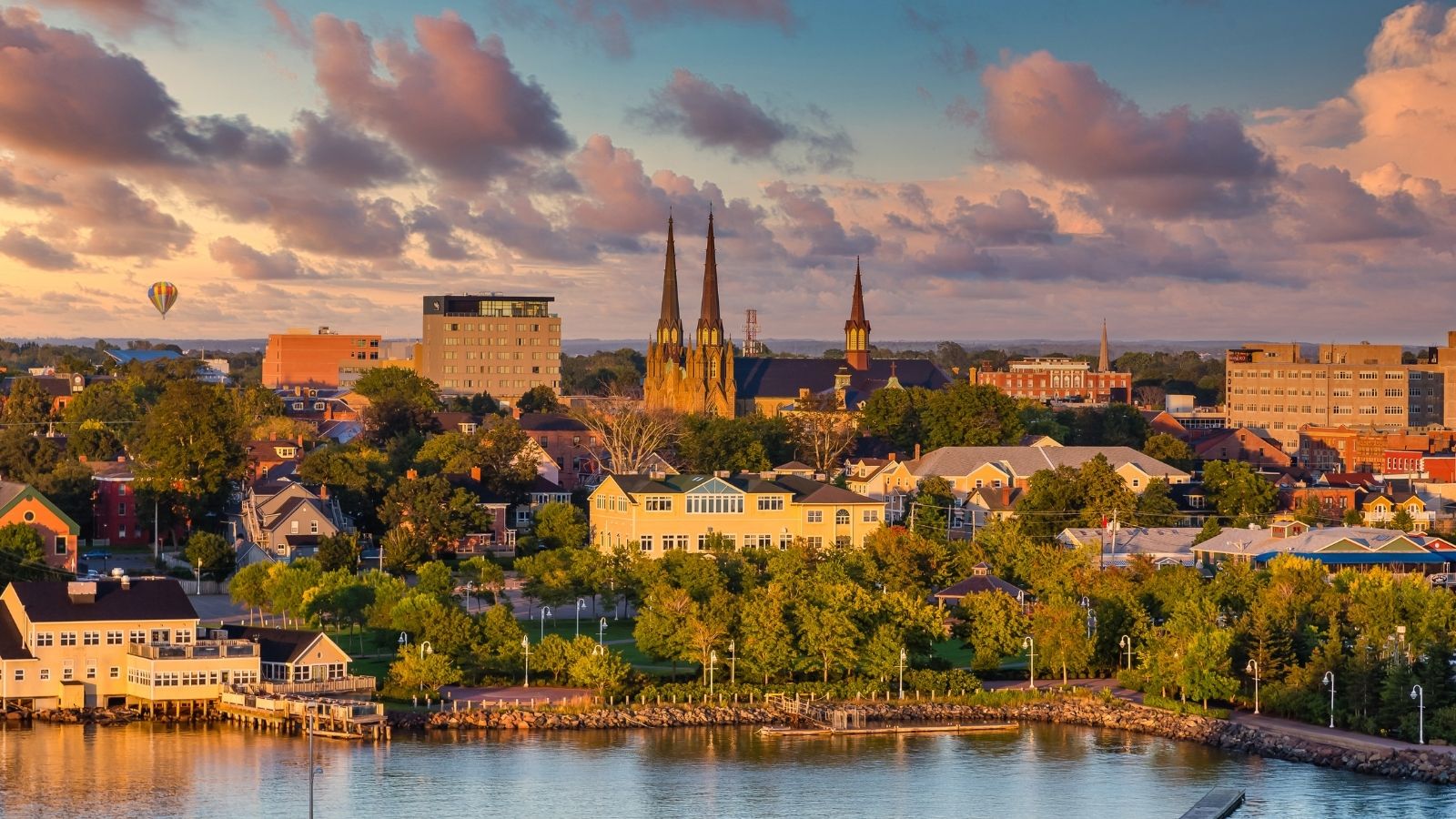
Charlottetown, the heart of Prince Edward Island, has traditionally been a quiet, stable market. Recently, however, more homes have come onto the market than there are eager buyers. With fewer people competing for properties, prices have begun to fall. This means that what was once an expensive market for locals might now offer better opportunities for first-time buyers.
Newfoundland & Labrador – St. John’s

St. John’s has a unique charm, blending history with modern living. But like many other cities facing economic challenges, its real estate market isn’t immune to change. As the local economy adjusts and more homes become available, prices in St. John’s are beginning to show signs of correction. For residents, this could mean more accessible entry points into the housing market.
Quebec – Montreal

Montreal remains a bustling, culturally rich city with an ever-evolving housing market. Although overall trends in Montreal are still positive, certain neighborhoods are now witnessing price corrections. After years of rapid increases, some areas are naturally correcting themselves as more buyers become cautious and sellers lower their expectations.
Quebec – Quebec City

Quebec City offers a picturesque setting and a rich historical backdrop. However, beneath its charming exterior, parts of the real estate market are starting to cool down. While some areas continue to do well, others have seen modest declines as buyers react to a mix of increased supply and more cautious economic forecasts.
Ontario – Toronto
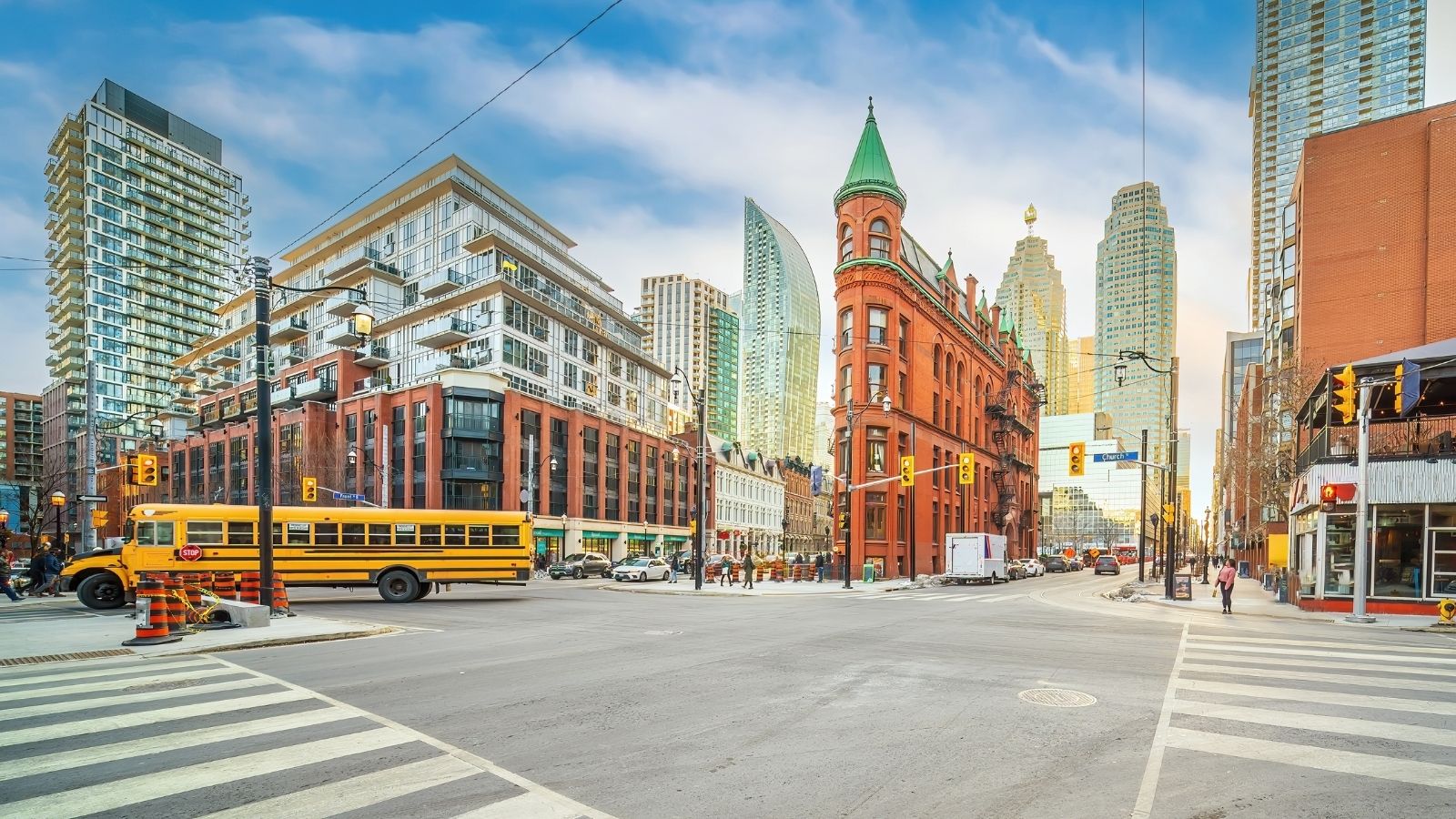
Toronto is often the poster child for Canadian real estate, known for its sky-high prices. But even Toronto isn’t immune to change. Recently, data shows that average home prices—especially for condominiums—have begun to drop. With the high cost of borrowing and more homes hitting the market, many Torontonians are finally seeing prices that make them pause and reconsider, creating a gradual correction in the market.
Ontario – Ottawa

Ottawa’s market is largely buoyed by the steady presence of government jobs and a strong sense of community. Yet even here, some parts of the housing market are experiencing a slowdown. While many areas still enjoy modest growth, certain segments show signs of stagnation or even decline. This more balanced outlook is partly due to a careful interplay between supply and demand.
Ontario – Hamilton

Hamilton has emerged as a popular alternative for buyers who find Toronto out of reach. However, Hamilton’s market is now beginning to reflect the broader national trend. After years of rapid price increases, Hamilton is now seeing a slight cooling. With more houses available and a more cautious buyer base, the pace of price increases has slowed. And in some neighborhoods, prices have actually dipped.
Manitoba – Winnipeg
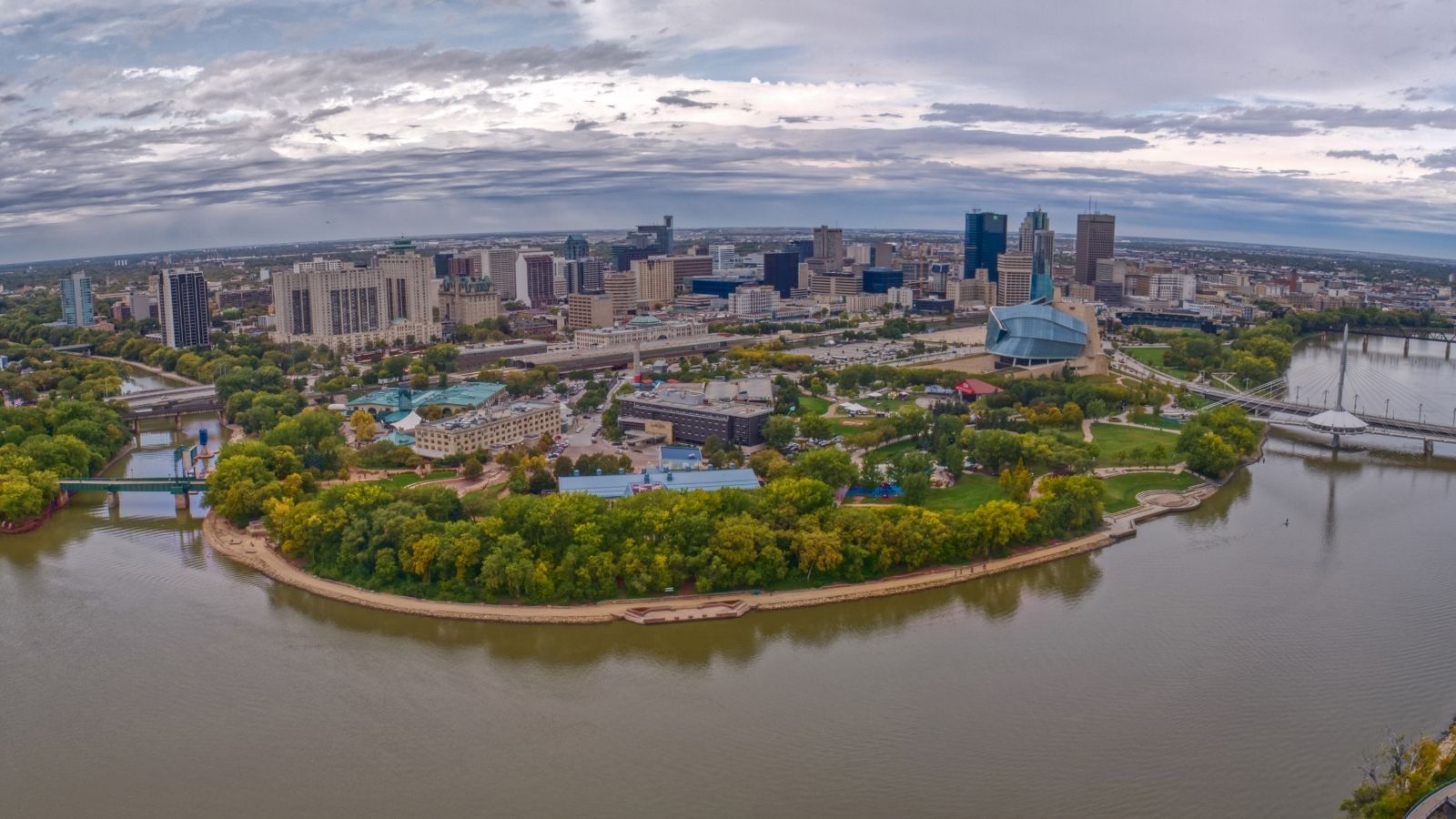
Winnipeg’s market is often seen as more affordable than those in the coastal cities. However, even here, recent trends suggest that rapid price increases have slowed to a crawl—and in some parts, there’s even a downward pressure on prices. While the overall market remains relatively stable, the mix of a cautious economy and increased housing options means that sellers may have to lower prices to attract buyers.
Saskatchewan – Saskatoon
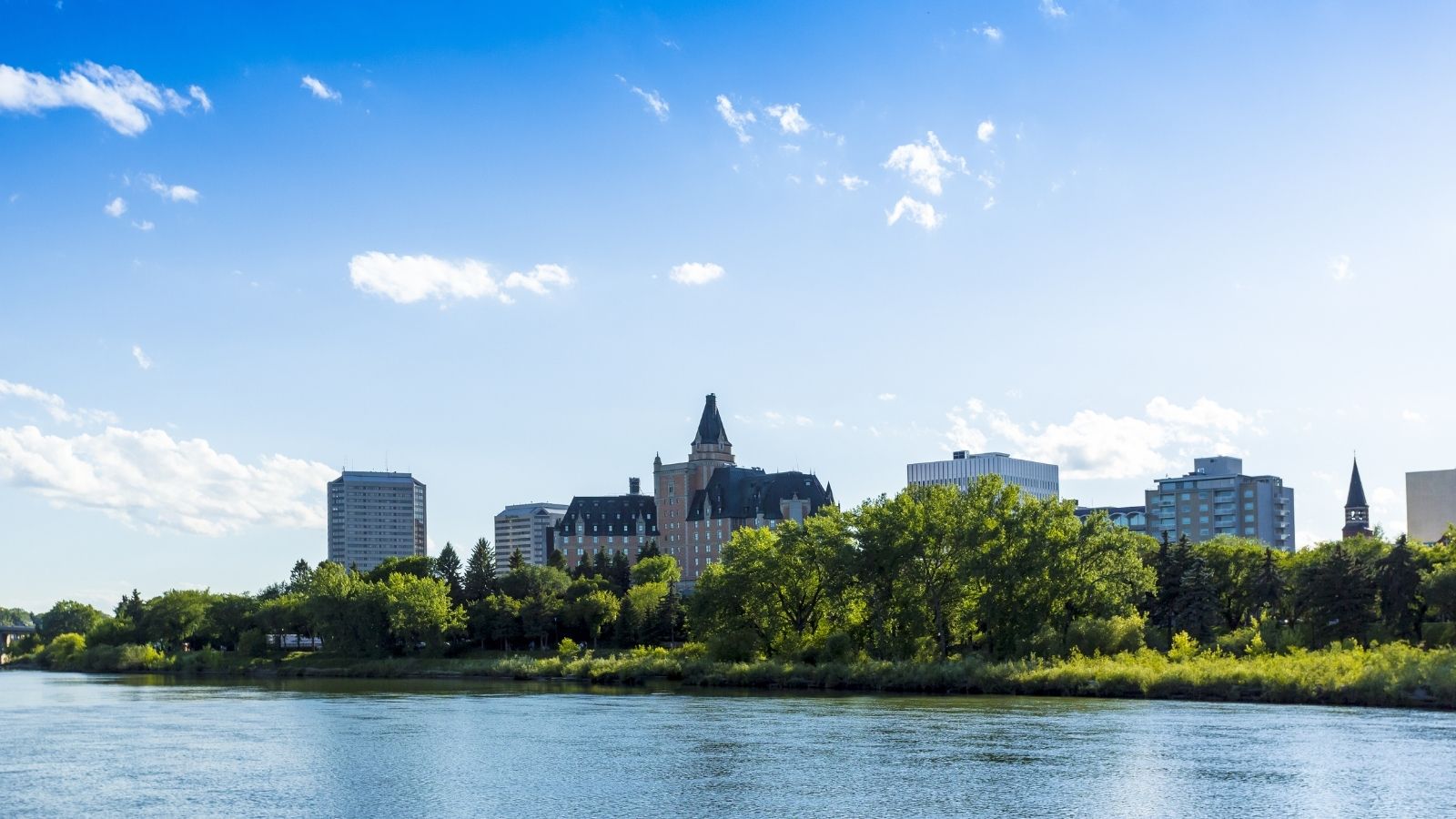
Saskatoon has experienced its fair share of ups and downs over the years. After a period of rapid growth driven by population gains and economic optimism, the market is now starting to cool. Buyers are finding that prices are dropping from the peaks of the recent boom, and sellers are adjusting to a market where demand isn’t as fierce as it once was.
Saskatchewan – Regina

Regina, like Saskatoon, is feeling the effects of a market correction. With more homes entering the market than there are buyers, Regina has seen price corrections that are beginning to offer opportunities for those who were previously priced out. It’s a clear example of how even markets that once experienced significant gains can shift as conditions change.
Alberta – Calgary

Calgary has perhaps been one of the most dramatic examples of a market coming off a high. Once riding high on an oil boom, Calgary’s housing market has seen significant declines. Economic uncertainty, falling oil prices, and high mortgage rates contributed to a sharp price correction. For those who bought at the peak, it’s been a challenging time, but for new buyers, it may offer a more realistic entry point into the market.
Alberta – Edmonton
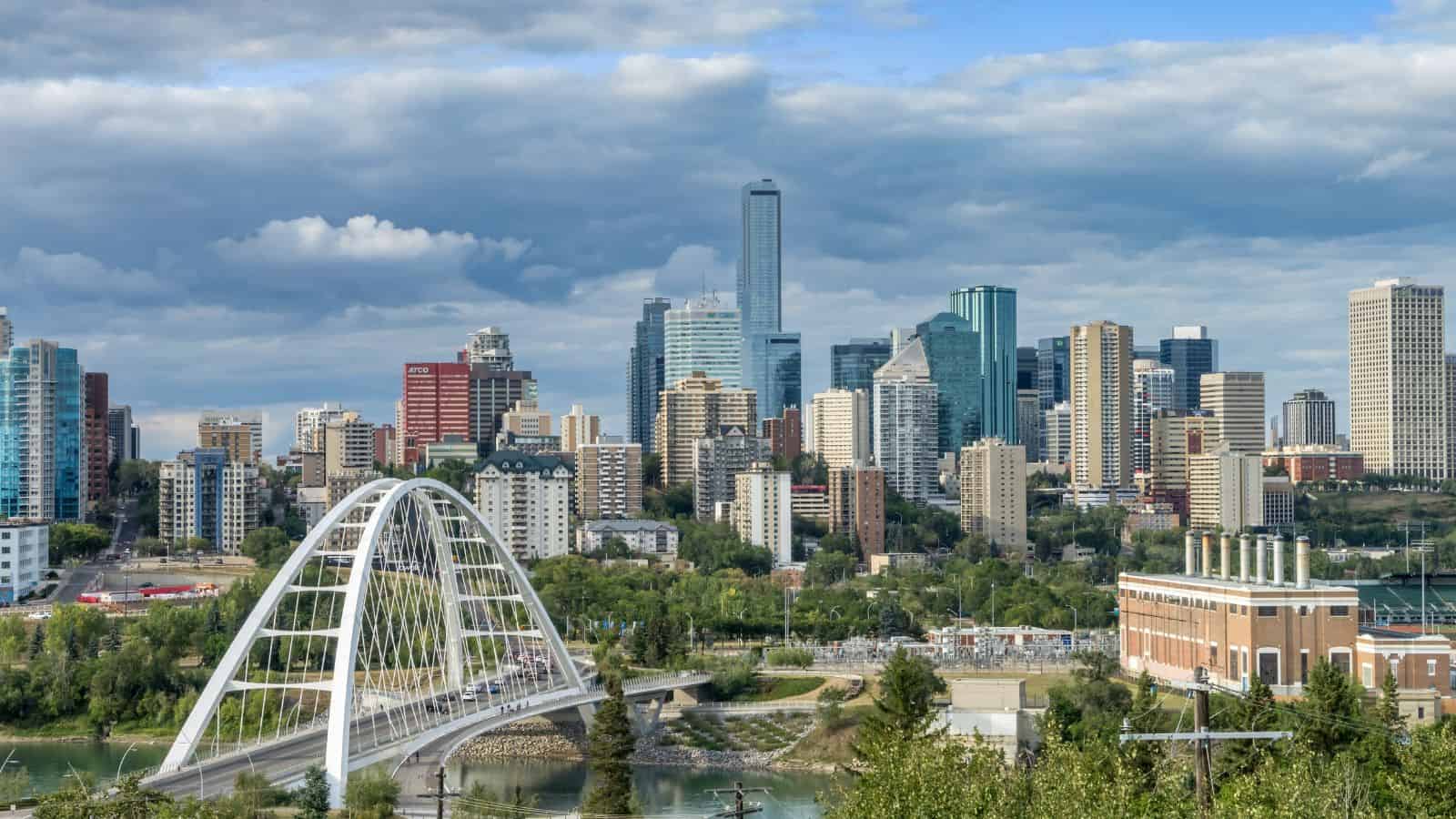
Edmonton, the capital of Alberta, is experiencing a similar trend—though not as severe as Calgary’s. While parts of Edmonton’s market remain robust, other segments are showing signs of correction. The mix of economic challenges and shifting buyer sentiment is causing some areas to adjust their prices downward, reflecting a broader recalibration in the region.
British Columbia – Vancouver

Vancouver has long been the crown jewel of the Canadian real estate market, known for its astronomical prices. However, even Vancouver is beginning to see a cooling trend, especially in the high-end and condominium segments. The influx of new listings and a more cautious approach from buyers have led to a modest dip in average prices, signaling that even the most expensive markets are not immune to current economic pressures.
British Columbia – Victoria

Victoria, with its stunning coastal views and vibrant culture, has always been a sought-after destination. Yet recent trends indicate that some parts of Victoria’s market are now facing downward pressure. Increased housing projects and a more cautious pool of buyers mean that sellers are being forced to lower prices to remain competitive. Despite its enduring appeal, Victoria’s market is not escaping the larger national trend.
Northwest Territories – Yellowknife

When you think of Canada’s remote regions, you might assume they’re insulated from the big shifts in the national housing market. Yellowknife, the capital of the Northwest Territories, is proving otherwise. Although its market is smaller and more insulated by geography, recent economic uncertainties and changing demographics are leading to a moderation in home prices—even in this far northern city.
Yukon – Whitehorse
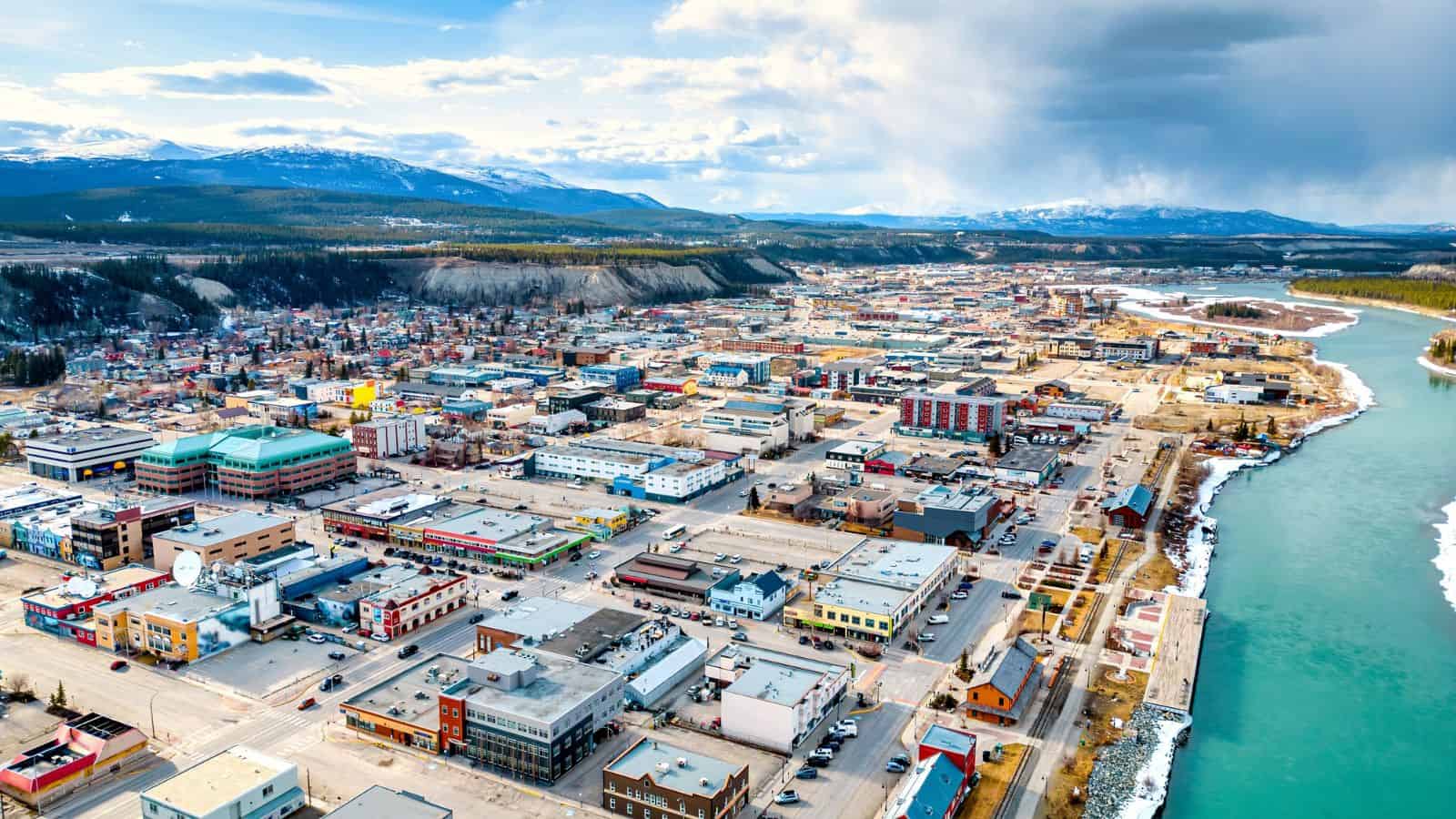
Whitehorse, the capital of Yukon, is another example of a market that has traditionally been affordable but is now feeling the squeeze. As more homes come onto the market and buyers become increasingly price-sensitive, Whitehorse is experiencing a slowdown in its price growth. This trend highlights that even in smaller, less densely populated regions, the forces of supply and demand are at work.
Nunavut – Iqaluit

Finally, we travel to one of Canada’s most remote regions: Iqaluit in Nunavut. Despite its isolation, Iqaluit’s housing market is not completely detached from national trends. In recent years, Iqaluit has seen rapid price increases driven by scarcity and high demand. But now, economic challenges and the arrival of more new listings are leading to a period of price stagnation or slight decline. Even Iqaluit is experiencing the natural course of a market correction in a market that once seemed untouchable.
Conclusion

The real estate story in Canada is a mosaic of local trends, economic shifts, and changing buyer behavior. Each region, whether it’s a bustling urban center like Toronto or a remote community like Iqaluit, faces its own unique challenges. Rising interest rates, economic uncertainty, and an increase in available housing are reshaping markets in a way that underscores the importance of understanding local conditions.
What does all this mean for Canadians? If you’re a prospective buyer, these market corrections might signal that opportunities are finally emerging in regions that once seemed out of reach. Lower prices mean you might be able to enter the market without facing the astronomical costs that many big cities are known for. However, if you’re a seller or investor, these downward pressures call for a careful reassessment of your plans. The days of unstoppable price rises are fading, and a more balanced—and sometimes even declining—market is setting in.
20 Reasons Why Wealthy Investors Are Looking At The Caribbean

The Caribbean has long been known for its stunning landscapes and vibrant culture, but in recent years, it has also become an attractive destination for wealthy investors. The region offers numerous financial, economic, and lifestyle advantages that appeal to high-net-worth individuals seeking opportunities. Here are 20 reasons why the Caribbean has captured the attention of the global investment community.
20 Reasons Why Wealthy Investors Are Looking At The Caribbean
